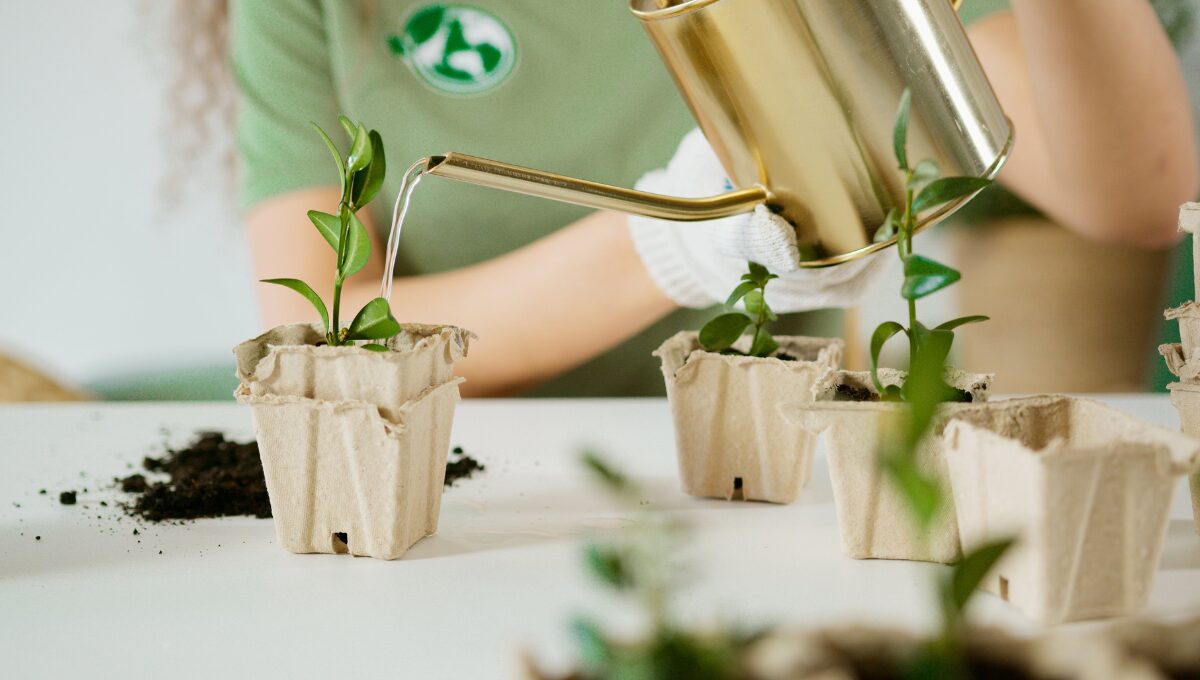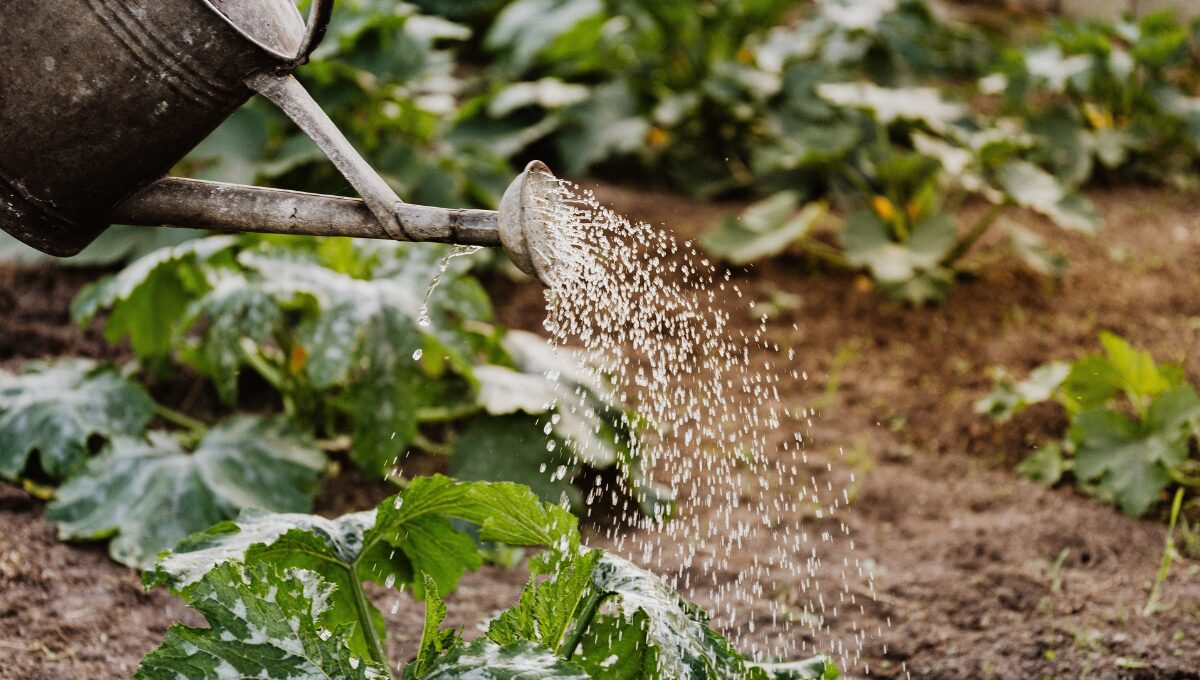Guide To Watering Indoor Plants
Watering needs for Indoor plants, or houseplants, are different than the plants grown outside. Indoor plants depend on us for everything, whether it is water or soil, fertilizer or light. Watering indoor plants depends on the place where the plant is kept, the humidity, and the light that is provided. So, you need to Choose the Indoor Plants according to your place environment.
Watering Indoor Plants

Every plant has its requirement for water. The Pot used for the Indoor plant should have proper drainage so that the water drains well and will not make the soil soggy. Healthy indoor plants also require the right amount of water and the proper amount of water will help to stabilize plants.
Every type of plant has its unique watering requirements and you should follow them, If you follow the watering schedule then you will enjoy the beautiful indoor plant.
Watering Various Plant Types

The indoor plants have various types based on the watering. The category of a plant can give you about the good idea of how to do the watering process.
Tips for Watering Indoor Plants
- Cold Water and cold temperature shocks the plants and plant dislike it.
- The Plant should be water directly through soil. Foliage based plants should be water thoroughly in the month spring and autumn. During winter season you need to water the plant when the soil become dry.
- If the Plant is flowering then the watering should be less when they bloom and in the period of rest.
- Succulent and Cacti like dry climate. You need to avoid the watering often. From spring to fall I would suggest you water these so the soil is between moist and dry, then during the winter barely water them at all. Succulents and desert cacti store water for months in their foliage, so they need to be treated differently than other foliage and flowering plants.
Methods for Watering Indoor Plant

- There are different methods of Watering Indoor Plants.
- Immersion – In this method the whole plants should sink in the water for up to an hour. These plant can soak up what water they need. Many Indoor Plants enjoy this Process during the growing season once a month, as long as the excess water drain through the whole.
- Top To Bottom – Most of the plants like this type of watering. You need to pour huge amount of water on the top of the soil. You need to continue the watering the plant until water runs out of the bottom of the container.
- Bottom – This type of plants like the water delivers from the bottom. For this process you should keep the plant on the water tray. After absorbing the water you can remove the plant from the tray.
Easy Way To Check
To Check the water requirement you should place the tip of a finger about 1 inch into the soil from the top. If the Soil is dry you can water the plant. This is a general rule that does not apply to cacti and succulents, during winter.
Frequency for Watering Indoor Plants

How often should you water your plants? The answer is depends factors. Frequency of watering will change throughout the year.
- Environment – Watering indoor plants is depends on the environment they are in. If the plant kept near the sunny windows will require watering more often than those in dark corners of office buildings.
- Time of Year – Water Requirement for the plants in winter is less and more during the times when they are blooming and growing. Adjust your watering accordingly to prevent root rot.
- Species – Different plant types need different quantity of water on differing intervals. Plants that need watering only once a week should not be soaked every day.
Types of Water
Different types of plant require different types of water sources. You need to pay attention to the details of the plant species.
- Tap Water – Regular Tape water in fine for different type of house plants. But you need to take care of that if there is any chemical in tap water.
- Hard Water –The water with the chemicals can destroy the plant health. So if your home has hard water, you need to change the water source.
- Rain Or Distilled – Those plant species which are sensitive, you can use rainwater or distilled water, this is only safe.
Under-Watering Or Over-Watering

There are a lot of signs which can be seen if the plants are under-watering or over-watering. The looks of the plants can tell about the overwatering and under watering.
- Dry Soil – If the Soil feels dry by touching it, you need to water the plant often.
- Brown, Crisp Leaves – If the Plants have Brown and crisp Leaves then it is due to under-watering and over-watering of the plant. So, water the plant after checking the soil.
- Refusal To Bloom – If there is a season of blooming and it is not blooming at all, then you should avoid the watering.
- Drooping Or Sagging – If watering is not proper then the plant droop or sag.
- Soggy Soil – If the soil is soggy then you should avoid the watering in plant to keep the plant alive.

Welcome to the Indoor Plants Experts website! I am Gunja Bhardwaj, and I’m a Banker by Profession a gardner by Hobby. For the last ten years, I’ve been all about growing and caring for all sorts of houseplants.
I am Managing a small garden with my full time job. I had learn a lot about the house plants. That they not only beautiful but they have lots of specialties.
I can’t wait to share all my tips and experiences to plants lover who are interested in learning about the care of plants.
If you have any questions or comments please don’t hesitate to contact me here, using the simple form.
Happy Growing
Gunja Bhardwaj
Editor

